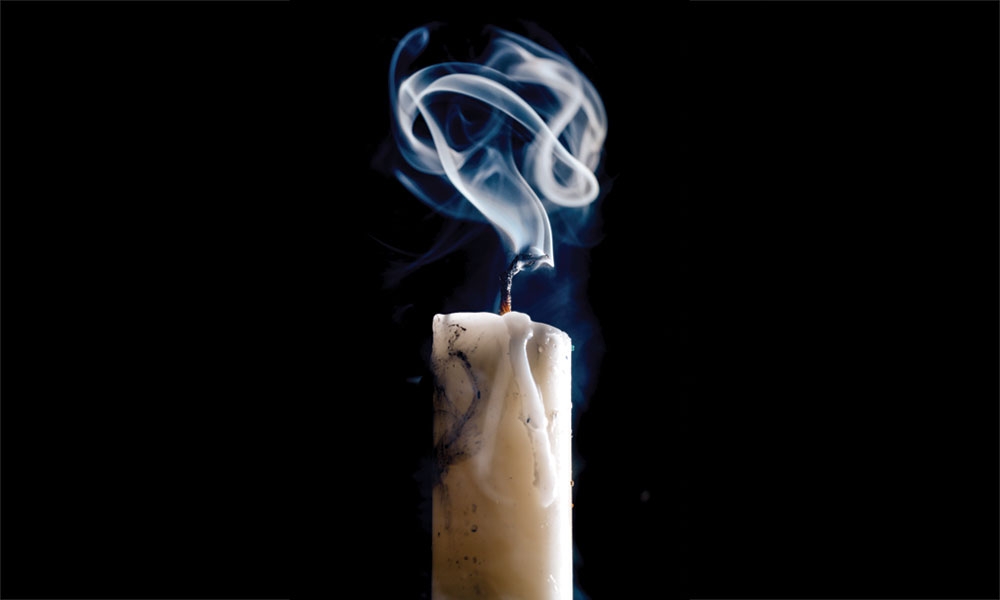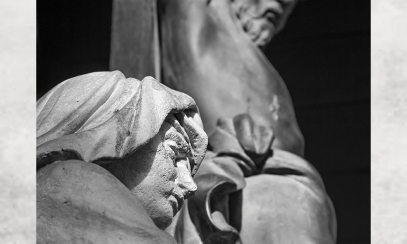
No exit here: Why assisted suicide should be rejected
Getting your Trinity Audio player ready...
Assisted suicide is a procedure that allows an individual to end their own life, typically by taking or administering a medication, through the help of a physician. The term assisted suicide has traditionally been used in the United States (and accurately describes how the person is dying), but has fallen out of favor in recent years and has been replaced with the terms Medical Aid in Dying (MAID), which is more common, and Physician Aid in Dying (PAID), which is less common.
Assisted suicide is a procedure that allows an individual to end their own life, typically by taking or administering a medication, through the help of a physician. The term assisted suicide has traditionally been used in the United States (and accurately describes how the person is dying), but has fallen out of favor in recent years and has been replaced with the terms Medical Aid in Dying (MAID), which is more common, and Physician Aid in Dying (PAID), which is less common.
The organizations involved in promoting assisted suicide adamantly reject the term but offer no explanation as to why it is incorrect, only that it is not Medical Aid in Dying. Suicide is the taking of one’s own life. Assisted suicide is the taking of one’s own life with the help of someone else — in this case, by a physician. The reason for the change in language is because humans know, deep down in the laws written in their hearts, that taking one’s own life is gravely wrong and should be rejected. Therefore, the proponents of it want to distance themselves from the word suicide as much as possible. As evidence that Medical Aid in Dying is assisted suicide, we can look to other countries where legalized assisted suicide is the recognized term in their laws.
The assisted suicide movement began in the 1990s, with Oregon being the first state to legalize it in 1997. There are currently 11 states with some form of legalized assisted suicide, and there are five more states with assisted suicide under consideration in their legislatures, including Michigan. Assisted suicide is different from euthanasia. In assisted suicide, the patient administers the lethal dose of medication themselves, whereas someone else administers the lethal dose of medication in euthanasia. While this is a very important distinction, experience in other countries where the legalization of assisted suicide has led to the legalization of euthanasia shows that the two are intimately intertwined and that the acceptance of one will eventually lead to the acceptance of the other.
The rapid, widespread acceptance of assisted suicide begs the question, “Why would anyone want to end their life in this manner?” While the answer to this is multifaceted, there are a couple of reasons that can be easily recognized. The first is that many people are afraid of being a burden to those they love. They do not want to make their loved ones suffer by having to care for them or watch them suffer, and they do not want to suffer themselves. Our culture views suffering as the ultimate evil. It is the antithesis of happiness and must be avoided at all costs. The second reason is that many people want to control the way they die.
Proponents of assisted suicide argue that suffering is against human dignity and that allowing people to choose how and when they die somehow restores that dignity. They even call it death with dignity. This, however, is built on a false premise. It assumes that human dignity is human autonomy, which is a right to choose what to do with one’s own body. This viewpoint says that suffering is the ultimate evil and that the worth of a person is found in their choice to control their suffering. This contradicts true human dignity. The Catholic Church has continuously held that all human life is sacred from conception until natural death, and that assisted suicide and euthanasia violate human dignity and are not permissible. The dignity of every human person is inherent in their very being as beloved children of God made in his image and likeness. Dignity does not have to be won or earned — it exists from the moment of conception. God has absolute sovereignty over life and death, which suicide, in all forms, rejects.
The reality that death often comes with suffering cannot be ignored. We all suffer in some way. Infertility, the death of a loved one, divorce, illness, the loss of a job, trauma, the dying process, and all the countless other ways humans suffer are a reality. That is not to say that we don’t try to mitigate that suffering. The person doing the suffering can unite it with the suffering of Jesus, while those walking with the suffering person can find morally permissible ways to mitigate it.
Caring for the dying involves the corporal works of mercy that all Christians are called to, and there are countless stories of forgiveness, relationships healed, and even deathbed conversions during the process. The tender moments of care and compassion between the dying person and their care-giver, if approached with love, can be some of the most important moments of a person’s life. And that is true death with dignity.
Jenny Ingles is the Director of Fertility and Life Ministries for the Diocese of Lansing.



